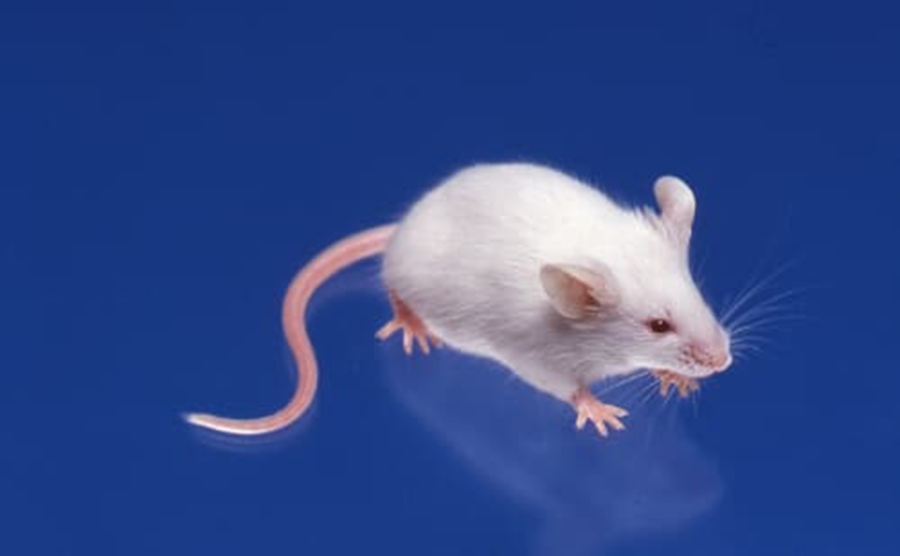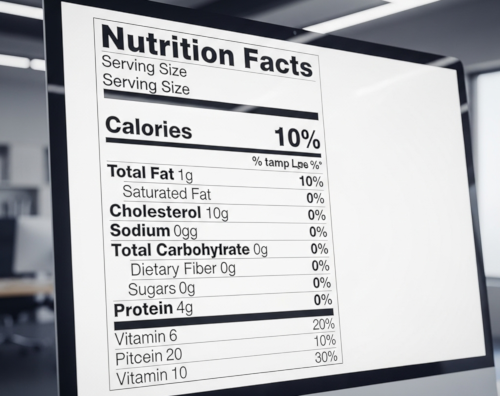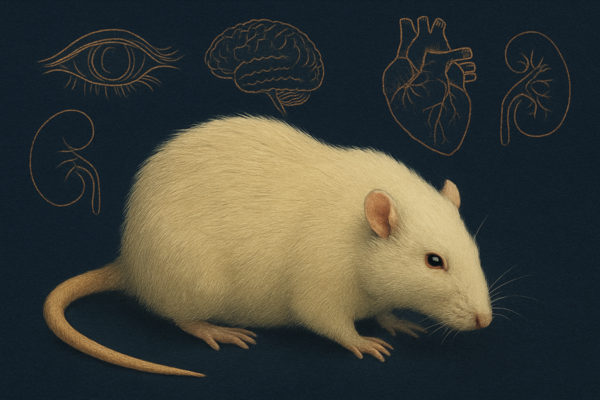
Profile of BALB/cAJcl・BALB/cByJJcl Mice
References
Foster et al eds., The Mouse in Biomedical Research, Volume I: 1981; Volume II: 1982; Volume III: 1983; Volume IV: 1982, Academic Press Inc. New York.
Biochemical and Immunological Loci

Lifespan
- Conventional environment:
Male: 816 ± 32.4 days, Female: 648 ± 20.6 days (Goodrick, 1975)
- S.P.F. environment:
Male: 509 days, Female: 561 days (Festing & Blackmore, 1971)
Naturally Occurring Tumors and Lesions
- Amyloidosis incidence: 40%, reticular neoplasms: 23% in females, 3% in males (Ebbesen, 1971)
- Lymphatic leukemia incidence: 0% (Hoag, 1963)
- Mammary tumor incidence: 0% overall, 5% in multiparous females, and 1% in nulliparous females (Hoag, 1963)
- Low incidence of fibromas (Storer, 1966)
- Lung tumor incidence: 26-29% (Heston, 1968)
- No incidence of congenital malformations (Kalter, 1968)
- Leukemia incidence: 5% (Myers, 1970)
- Mammary tumor incidence at 2 years of age: 30% (Bentvelzen, 1970)
- Incidence of heart damage due to calcium deposition: 17-62% (Festing, 1971)
- Mammary tumor incidence at 14 months of age: 10% (Schlom, 1973)
- Various tumor incidences: kidney tumors 25-48%, mammary tumors 3-13%, reticuloendothelial tumors 11-20%, lung tumors 10-16%, synovial tumors 2-8% (Sass, 1976)
- Myocarditis with right ventricular cardiomyopathy in 60% of males and 30% of females. Fibrosis is a late-stage symptom of myocarditis and is occasionally seen in general mouse strains (Bellini, 1976)
Immunological Characteristics
- Good immune response to Vi antigen (Gaines, 1965)
- Susceptible to BALB/Tennant leukemia virus (Tennant, 1965)
- Low concentration of anti-DNP antibody (Paul, 1970)
- Good immune response to Type III pneumococcal polysaccharide (Brala, 1971)
- Very good immune response to Cholera A and B antigens (Cerny, 1971)
- Resistant to experimental immune thyroiditis (Vladutiu, 1971)
- Resistant to anaphylactic shock induced by ovalbumin (Tanioka, 1971)
- Poor immune response to bacteriophage fd (Kolsch, 1971)
- Progression of leukemia is highly influenced by sensitization with Friend virus (Dietz, 1972)
- Good PCF immune response of the spleen to pneumococcal polysaccharide (Amsbaugh, 1972)
- Relatively resistant to intestinal helminths (Eaton, 1972)
- Low erythrocyte agglutinability (Blomberg, 1972)
- Good immune response to Salmonella anatum and S. senftenberg lipopolysaccharides, but poor response to S. strasbourg lipopolysaccharide (Dipanli, 1972)
- Good immune response to dextran-1,3 glucosyl linkages and dextran (Blomberg, 1972)
- Young lymphocytes show high sensitivity to PHA sensitization (Hellman, 1972)
- Resistant to infection with Salmonella typhimurium strain C5 (Pobson, 1972)
- Resistant to induction of experimental allergic encephalomyelitis (Levine, 1973)
- Good primary immune response to haemolysin and haemagglutinin (Ghaffar, 1973)
- Susceptible to synthetic polypeptides and Gla 60, Ala 80, Tyr 10 (Dorf, 1974)
- High sensitivity of lymphocytes to phytohaemagglutinin (Heiniger, 1975)
- Susceptible to MHV type III (Leprevost, 1975)
- Resistant to induction of diabetes mellitus by encephalomyelitis virus (Boucher, 1975)
- 100% vertical transmission of leukemia virus for up to three generations (Jenson, 1976)
Physiological and Biochemical Characteristics
- High β-glucuronidase activity in seminal fluid (Erickson, 1967)
- Low serum cholinesterase activity in females (Angel, 1967)
- Low serum haptoglobin levels (Peacock, 1967)
- High systolic blood pressure in the heart (Schlager, 1967)
- Low serum ceruloplasmin in males (Meler, 1968)
- High brain hypoxanthine-guanine phosphoribosyl transferase activity but low N-methyl nicotinamide oxidase activity (Haff, 1969)
- High erythrocyte catalase activity (Huffman, 1971)
- Fast peripheral nerve conduction velocity (Hegmann, 1972)
- Low brain tyrosin hydroxylase activity (Ciranello, 1972)
- High brain L-glutamic acid decarboxylase, choline acetyltransferase, and catechol-O-methyl transferase activities, but low acetylcholinesterase and monoamine oxidase activities (Tunnicliff, 1973)
- High kidney arylsulfatase activity (Damiel, 1976)
Pharmacological Characteristics
- Susceptible to chloroform toxicity (Christensen, 1963)
- Susceptible to leukemia induction but resistant to liver cancer induction by neonatal DMBA administration (Flaks, 1968)
- Highly susceptible to tumor induction by 3-methylcholanthrene (Whithmire, 1971)
- Low ovarian sensitivity to PMS 3 IU and 7 IU, but increased sensitivity with male cohabitation (Zarrow, 1971)
- High incidence of myeloma induced by intraperitoneal injection of mineral oil (Potter, 1972)
- Susceptible to skin tumor formation by DMBA (Thomas, 1973)
- Low excitatory behavior after D-amphetamine treatment (Babbini, 1974)
- High incidence of lung cancer induced by inhalation of methylcholanthrene (Akamatsu, 1974)
- Resistant to isoniazid toxicity (Taylor, 1976)
Anatomical Characteristics
- Incidence of accessory spleens is 21% (Hummel, 1966), and the spleen is large at all ages (Albert, 1966)
- Brain weight is heavy (Storer, 1967)
- The volume of the cerebral hippocampus is large (Wimer, 1968)
- The relative weight of the kidney is heavy (Schlager, 1968)
- The pituitary gland is small (Sinha, 1975)
- The brain-to-body weight ratio is large, and the spinal cord is also large (Roderick, 1973) The incidence of corpus callosum agenesis is 39% (Wahlsten, 1974)
※Quoted and modified from Jcl NEWS No.1, issued October 1, 1989, by CLEA Japan, Inc., Development Division.
Inquiry
If you have any question, please feel free to contact us from below.



